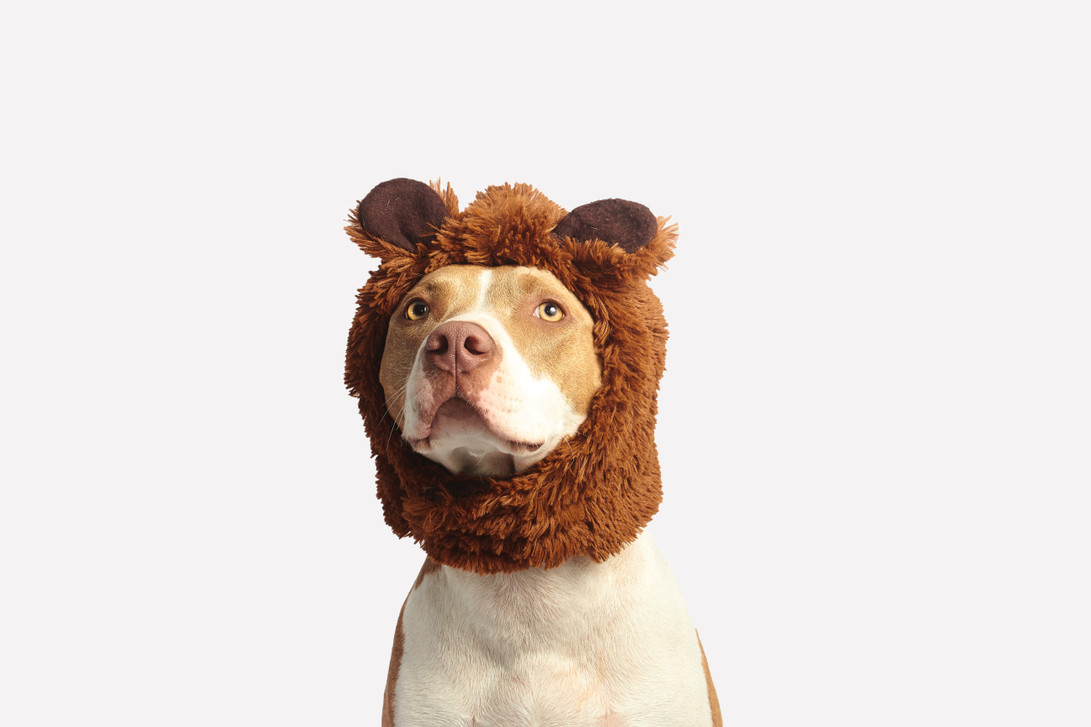Dogs bring endless joy and companionship into our lives, but as every pet owner knows, their lives are often far shorter than ours. Understanding the processes of aging in dogs is key to supporting their health and happiness at every stage of life. A big part of this understanding revolves around the familiar idea of converting "dog years to human years." This commonly used comparison, while not always precise, can help us relate to our pets’ aging process and provide them the care they need as they grow older.
If you want to help your veterinary clients proactively care for their aging dogs, Positive Impressions has tools to make this goal more manageable. With products like customizable appointment reminders, your practice can nurture valuable relationships with clients while emphasizing the importance of ongoing pet care.
Understanding Dog Years and Dog Aging
It’s no secret that dogs age differently than humans, but how their lives translate into "dog years" remains a fascinating and much-debated subject. Traditionally, it’s been said that one dog year equals seven human years. However, this oversimplification doesn’t account for breed size, genetics, or weight. Smaller dogs, for example, tend to live longer than larger breeds, and their rate of aging varies greatly.
Puppies grow rapidly in their first year, which is equivalent to roughly 15 human years in terms of physical and behavioral development. A two-year-old dog may already function like a 23-year-old human adult, while after that, aging slows to about five human years per calendar year. By the time a dog reaches their senior years—often around age seven for large breeds or age ten for smaller ones—they may already be the equivalent of a human aging into their sixties or seventies.
This difference in aging highlights the need for consistent, tailored veterinary care. Dogs at each life stage require distinct approaches to nutrition, exercise, and medical attention. By providing tools to your clients, like check-up appointment reminders, your veterinary practice can play a vital role in keeping them informed and involved in their pets' wellness.
Why Tracking Health Is Crucial for an Aging Dog
Aging dogs require more frequent health check-ups to monitor for common issues like arthritis, dental disease, or diminished organ function. However, many pet owners find themselves overwhelmed trying to keep up with necessary appointments or vaccinations. That’s where veterinary practices can step in to make life a little easier.
Even a seemingly small action, like sending out a timely reminder, can inspire a pet owner to prioritize their dog’s health. Positive Impressions specializes in providing customizable tools that help veterinary practices reach their clients effectively. With reminder postcards highlighting annual wellness visits, your practice can ensure that aging pets receive the timely care they deserve.
How to Build Strong Client Relationships
Veterinary practices thrive on strong, trusting relationships with their clients. Pet owners rely on your expertise, but they also value feeling supported and heard. By investing in client-focused communication strategies, you can foster lasting bonds while also promoting proactive pet care.
For instance, sending something as simple as a personalized Thank You card after a visit or providing branded goodie bags with helpful brochures can leave an enduring impression.
Branding That Stays Top of Mind
Clients are more likely to remember your practice if they encounter your brand regularly. This is especially important for pet owners with aging dogs, who may need guidance adapting their care routines.
Promotional items such as veterinary practice pens or pet waste dispensers can serve as small, consistent reminders of your practice’s dedication. Positive Impressions makes it easy for you to personalize these products to align with your practice's values and message.
Additional Tips for Caring for Aging Dogs
Supporting aging dogs isn’t just about medical visits. Pet owners also need guidance on ways to make their pets' lives more comfortable. Here are some practical tips your veterinary practice can pass on to clients:
Adjust Diet and Nutrition
Older dogs often require a diet tailored to their age and health status. Lower-calorie options may be necessary for weight control, while supplements like glucosamine can support joint health. Discussing these needs with clients during regular check-ups ensures they make decisions that benefit their dogs’ well-being.
Maintain Exercise and Mental Stimulation
Although physical activity might need to be reduced to accommodate slower-moving dogs, regular low-impact exercise remains important. Suggest activities like short leashed walks or gentle games of fetch with a tennis ball. Mental stimulation, such as puzzle toys or obedience training, also helps keep an aging dog sharp.
Look for Behavioral Changes
Encourage your clients to watch for subtle behavioral changes that could signal discomfort or health problems. For example, increased sleeping, lack of interest in activities, or reluctance to climb stairs could indicate joint pain or other underlying issues. Informational flyers on these topics can be great additions to client giveaways.
Stay Connected with Your Clients
Veterinary medicine is about so much more than treatments and tests. It’s also about nurturing enduring relationships with both pets and their owners. Positive client communication not only emphasizes the importance of preventive care but also strengthens trust with pet owners.
Positive Impressions makes connecting with clients simpler. Whether it’s through personalized appointment cards, tote bags, or office supplies, we have everything your practice needs to stay memorable and effective. Visit our website to explore our range of tailored products, or connect with us on Facebook to discover the latest specials.

